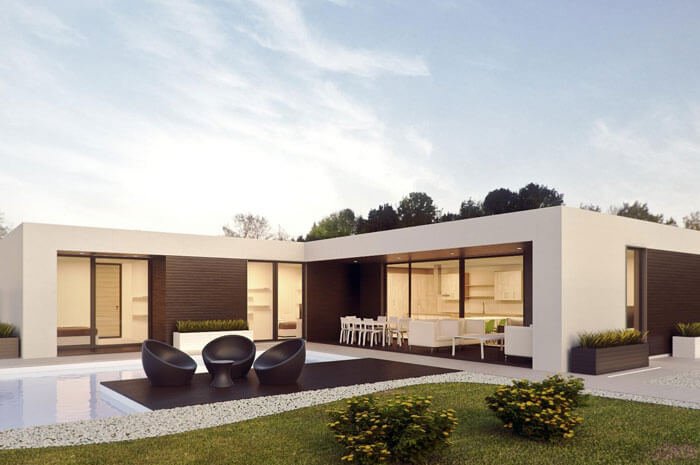When it comes to creating realistic images of objects, there are two main methods: 2D and 3D rendering. 2D rendering is a bit more simplistic, as it involves taking a flat image and adding shading and shadows to create the illusion of depth. 3D rendering, on the other hand, creates a more realistic image by starting with a wireframe model of the object and then building out the details from there. So, which method is better? It really depends on your needs. If you need a quick and dirty image of an object, 2D rendering will likely suffice. But if you need a more realistic and accurate representation, 3D rendering is the way to go.
What is 2D rendering?
2D rendering is the process of converting 2D images into 3D models. This can be done with the help of software like Photoshop or Illustrator. 2D rendering is used to create three-dimensional images from two-dimensional drawings. It is often used in architecture and engineering to create models of buildings and other structures.

What is 3d rendering?
In the context of 3D computer graphics, rendering is the process of generating an image from a model by means of computer programs. The output of the rendering process is generally an image or raster graphics file.
A renderer may take into account different types of light sources, shadows, reflectance properties, material properties like diffuse and specular reflection, scattering functions like volume scattering or surface scattering, index of refraction for transparent materials, etc. Global illumination algorithms such as path tracing and photon mapping can produce realistic images; these are usually too computationally expensive for real-time applications. A simple way to render a three-dimensional scene without real-time interaction is using ray tracing on a precomputed geometry database, which usually requires considerable preprocessing but permits a great increase in image quality over traditional scanline rendering methods.
Rendering is the process of generating an image from a model by means of computer programs. The output of the rendering process is generally an image or raster graphics file.
The pros and cons of 2D and 3D rendering
2D and 3D rendering are both methods used to create images from a set of data points. 2D rendering is the process of creating an image from a set of data points by using only two dimensions, while 3d rendering is the process of creating an image from a set of data points by using all three dimensions.
There are pros and cons to both 2D and 3D rendering. 2D rendering is faster and more efficient than 3D rendering, but it can sometimes result in less realistic images. 3D rendering is slower and more expensive than 2D rendering, but it can produce more realistic images.
Which method you choose to use will depend on your needs and preferences. If you need to create an image quickly and efficiently, then 2D rendering may be the better option for you. If you need to create a more realistic image, then 3D rendering may be the better option for you.
When to use 2D or 3D rendering?
2D rendering is typically used for images that will be displayed on a screen, such as computer monitors, televisions, and mobile devices. 3D rendering is used for images that will be printed or displayed in three dimensions, such as in magazines, books, and product packaging.
2D rendering is typically faster and more efficient than 3D rendering, and it can be used to create more realistic images. 3D rendering usually requires more processing power and time, but it can create more lifelike images.
How to choose the right renderer for your project?
When it comes to choosing a renderer for your project, there are a few things you need to take into account. The first is the software you’re using. Not all renderers are compatible with every type of software, so you’ll need to make sure the one you choose works with yours. Second, you need to consider the size and complexity of your project. A more complex project will require a more powerful renderer, while a simpler one can get by with a less powerful one. Finally, you need to think about your budget. Renderers can vary widely in price, so you’ll need to decide how much you’re willing to spend.
Once you’ve considered all of these factors, you should be able to narrow down your choices and find the right renderer for your project.
What is a Ray Tracer?
A ray tracer is a type of renderer that uses rays of light to create images. Ray tracing is a very accurate way to create images, but it can be very slow. For this reason, ray tracing is often used for creating high-quality images, such as those used in movies and video games.

Conclusion
There is no one-size-fits-all answer to the question of whether 2D or 3D rendering is better. It depends on your specific needs and preferences. If you need high-quality images for marketing purposes, then 3D rendering is probably your best bet. However, if you’re more concerned with speed and efficiency, then 2D rendering might be a better option. Ultimately, the decision comes down to what you value most in a renderer.





